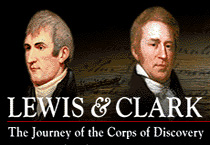Indian Health Service

According to the Indian Health Service website, the organization's mission is "to raise the physical, mental, social, and spiritual health of American Indians and Alaska Natives to the highest level." This is accomplished by serving as the primary health caregiver for these populations and through a direct relationship to both the federal government and tribal organizations.
Every year you teach students about Native American history; but, while everyone knows that the British, U.S. citizens, Spanish, and French still abound, do your students know that Native American tribes are still active today? One way to increase student interest in Native American history might be to show how their past treatment is still relevant to the status of today's Native American groups. Yet another possible benefit of addressing their modern lives is the bridging of the conceptual gap between social studies years of civics and American history.
The main offerings of use to educators on the Indian Health Service website are statistics and photographs.
The statistic sets which can be found include an overview of health disparities, as well as additional short sections focusing on diabetes, HIV, behavioral health (drug use and suicide), and death by injury. The Division of Program Statistics also offers publications on national and regional health trends and mortality, population, and special reports on Alaska natives. Special reports include statistics for specific demographic populations, such as children or the elderly.
Most historically-minded of the site's offerings, the photo gallery is extremely easy to navigate. You are first asked to select an image category: "Administrative," "Ceremonial," "Clinical," or "Public Health." From there, you select a more specific image content subcategory and a time period. Time period options include historical images (1887-1969), all time periods, or individual presidential administrations. The end result is that you don't have to spend any great amount of time to find precisely the image that you want. This is the sort of image gallery you'll wish every site had.
